
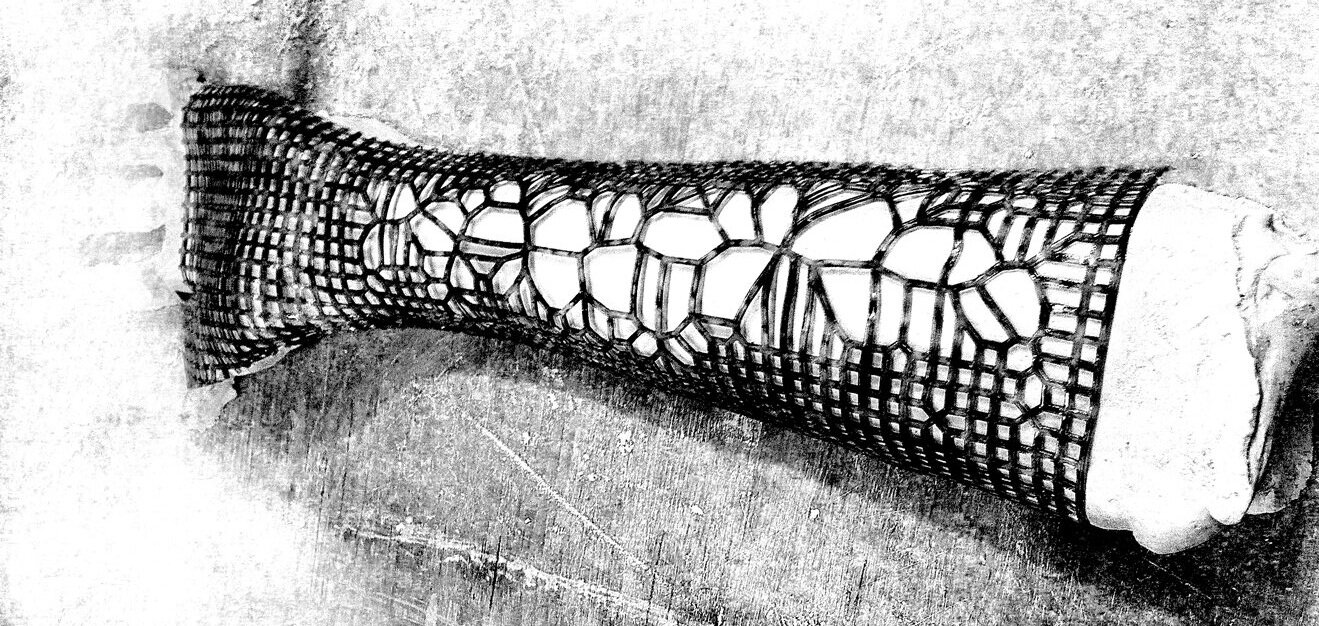

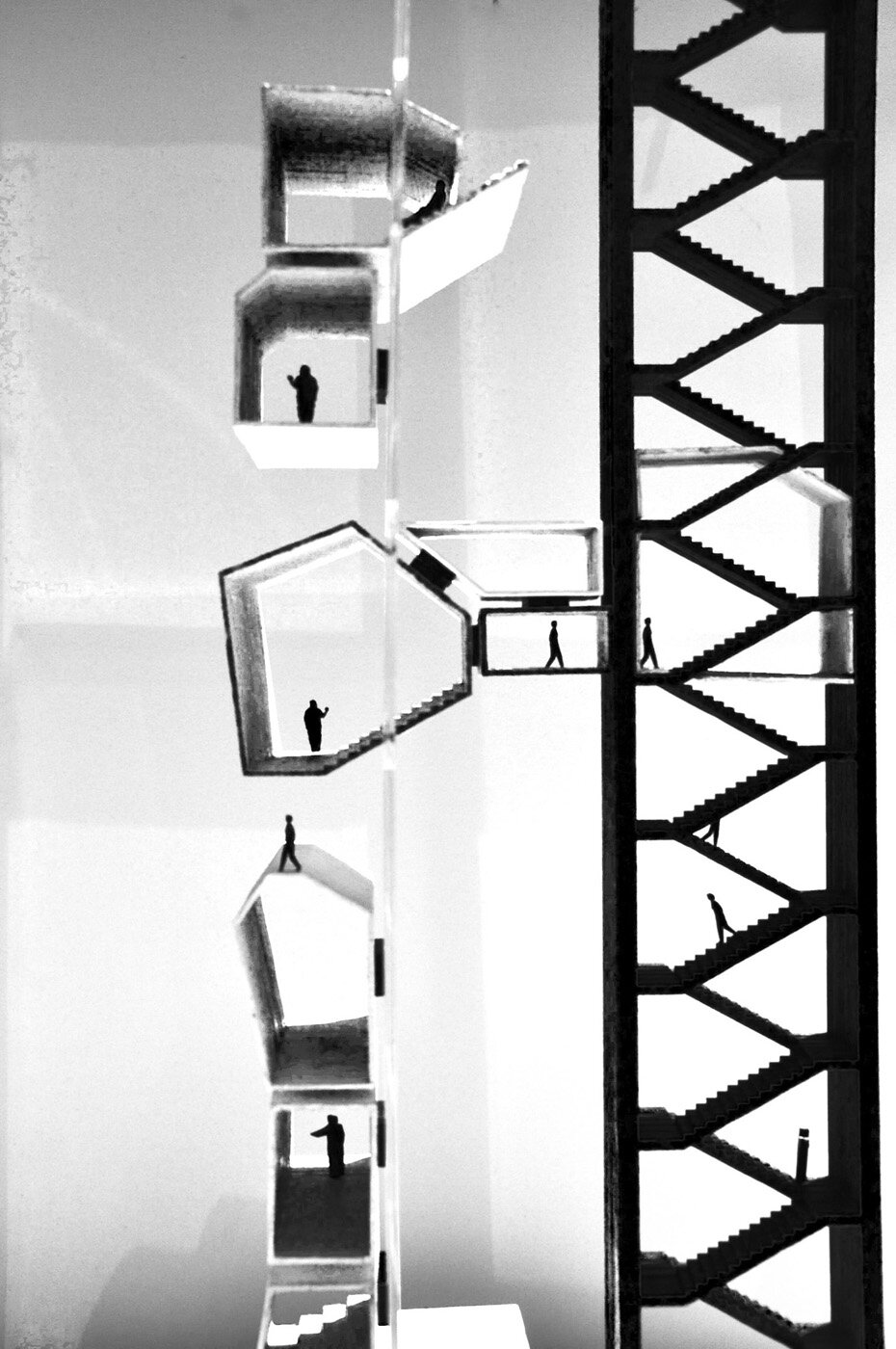
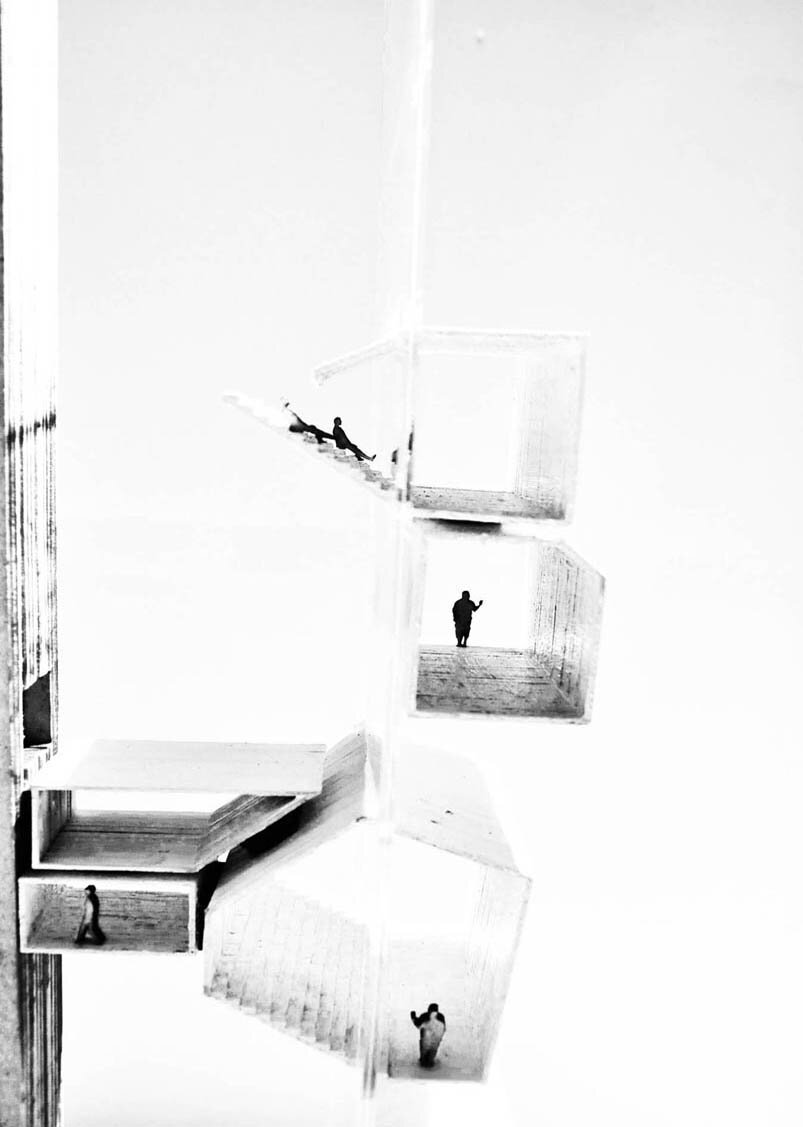
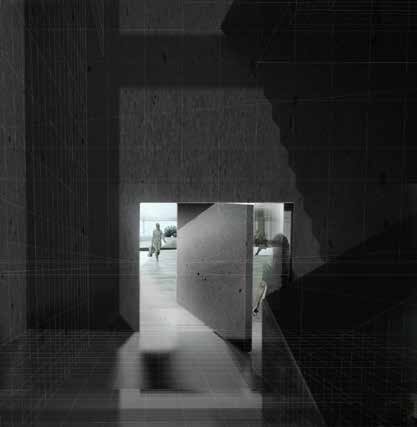
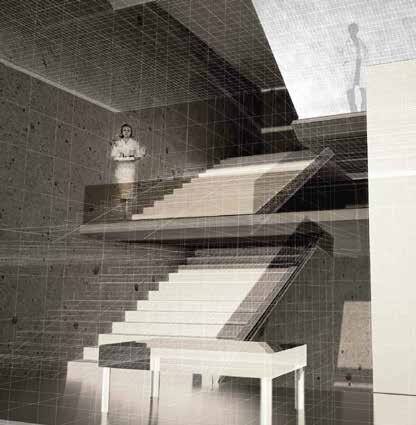


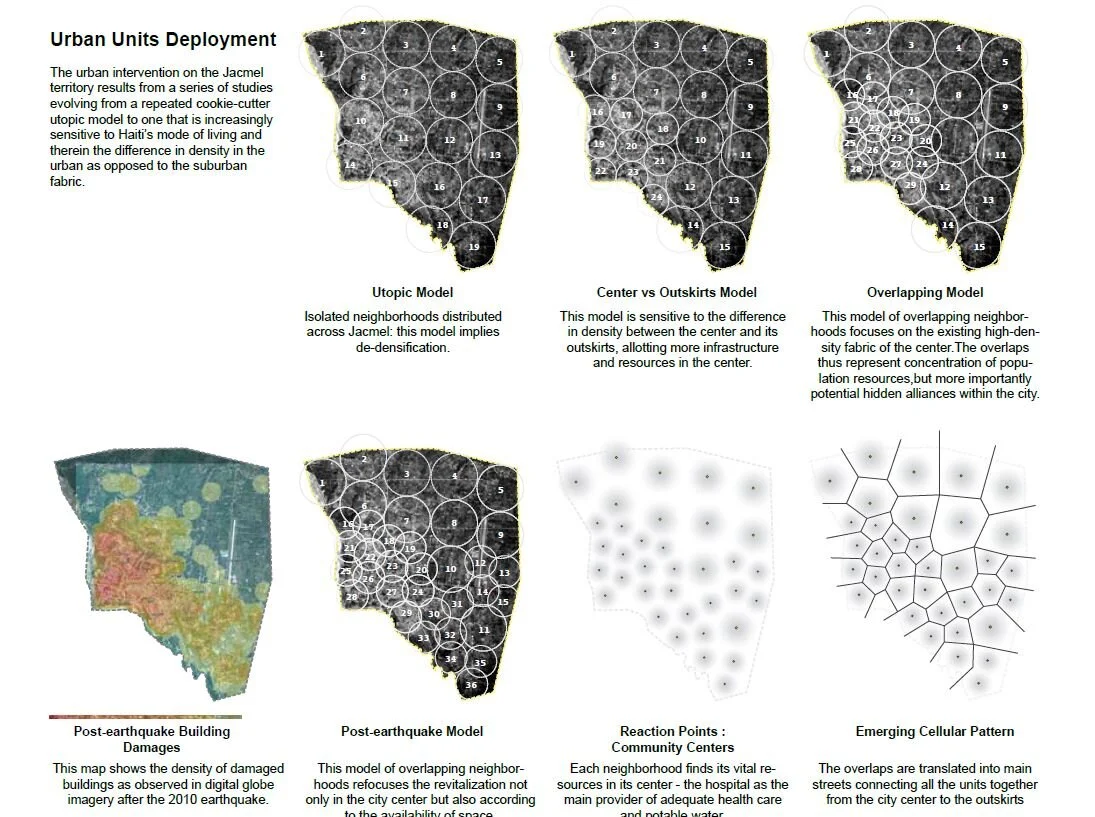

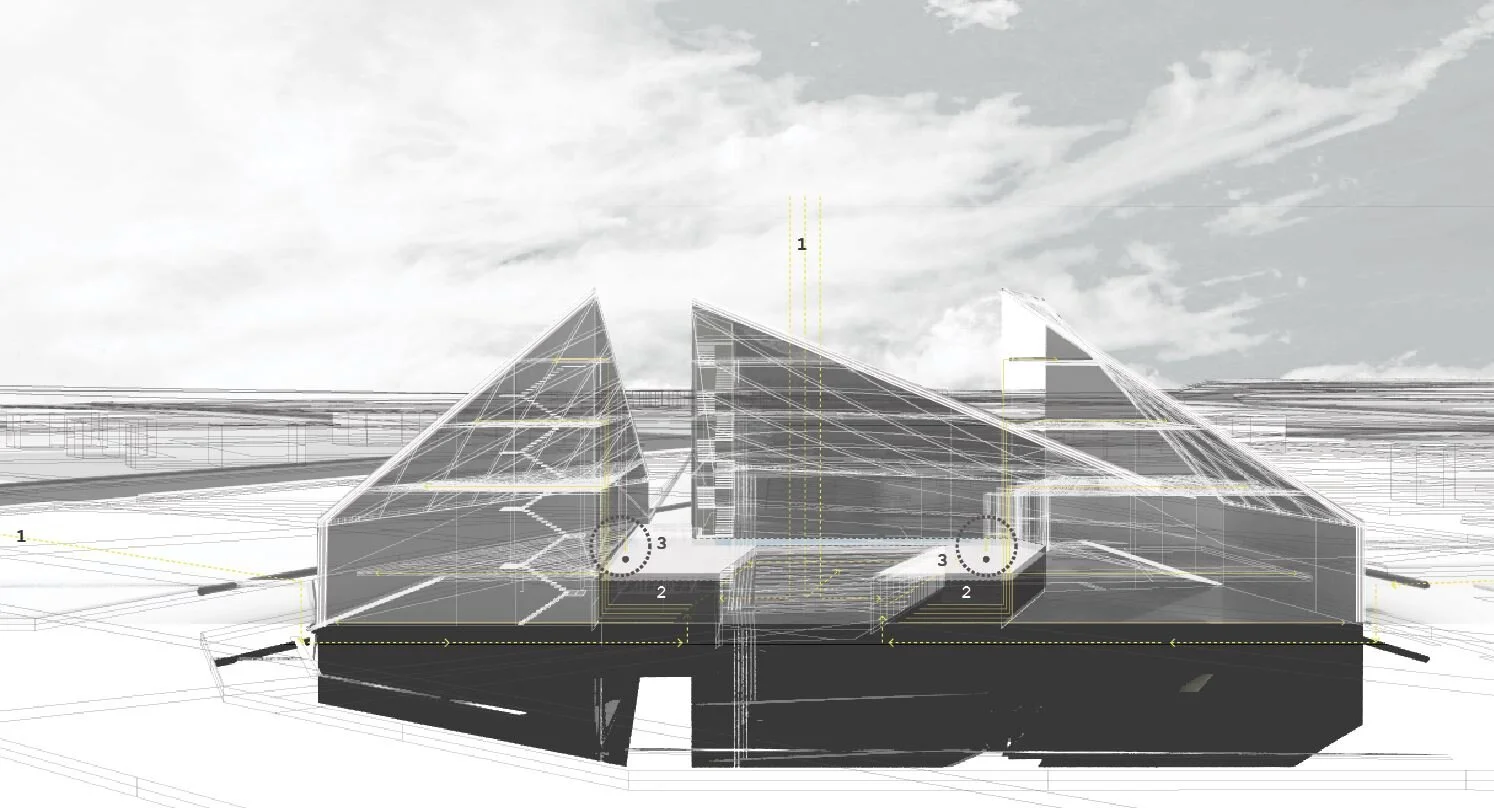

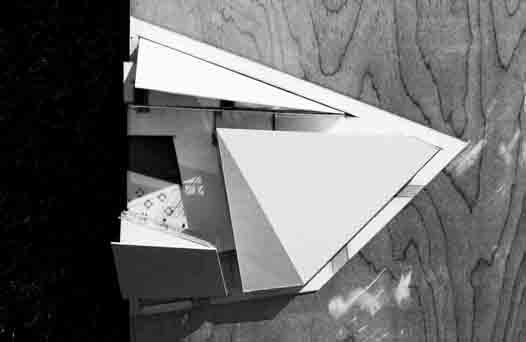
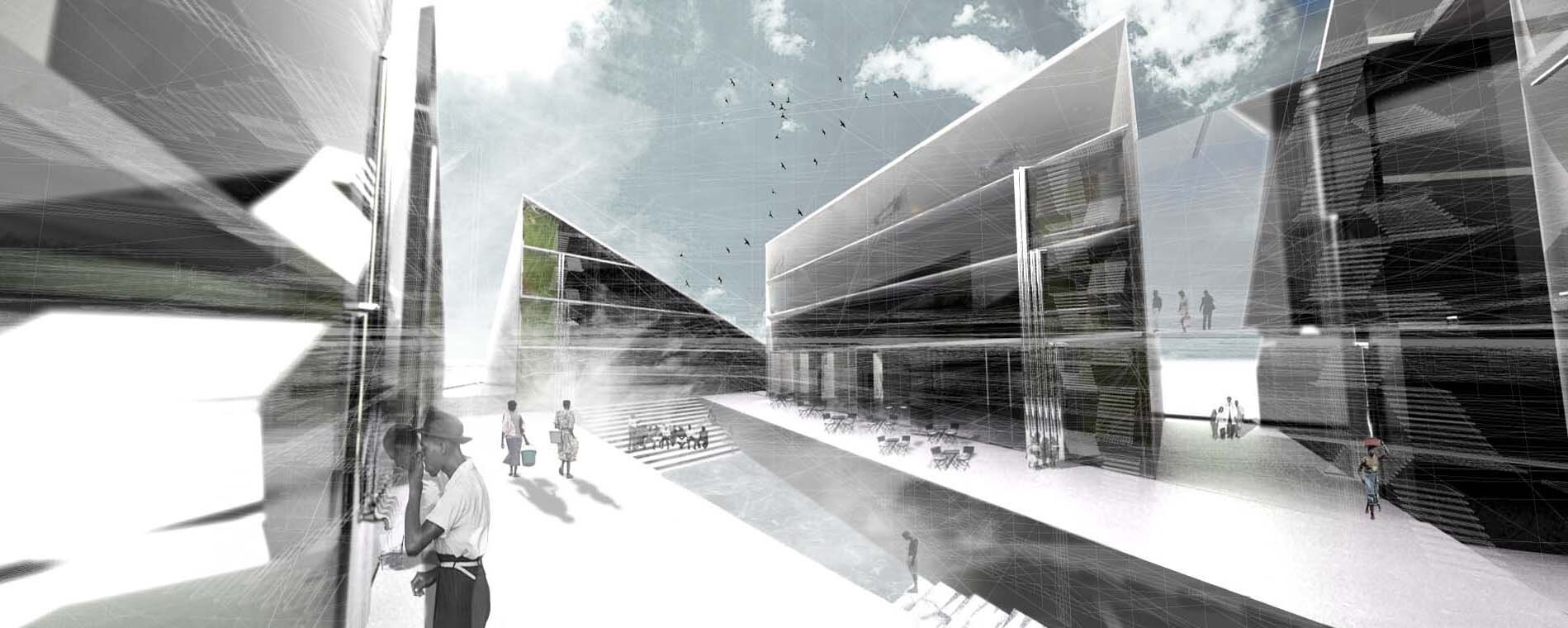
The Second Skin: An Architectural Trilogy
The following project is unraveled in three consecutive scales: the body scale, the building scale and the city scale. Each chapter encompasses the exploration of the phenomenon of the second skin and its transition into the larger scale.
[1] The Body Scale At the body Scale the second skin becomes a prosthetic device regulating the balance between the environment and the skin.
[2] The Building Scale The building scale critics the lack of existence of abortion clinics coupled with the overabundance of super-hospitals in Quebec and latches an abortion clinic onto the fire escapes of the super-hospitals - merely exposed as a thin skin to the building.
[3] The City Scale At the city scale, we take over the city of Jacmel and propose a second skin, a sewage/irrigation system that covers the entire city and connects the people and neighborhoods seamlessly.
[1] The Body Scale: A Prosthetic Device Allergic Reaction Mapping The understanding of the body as a hybrid, a super-organism, upon which, change and direct contact with the environment is not only inevitable, but also desirable. Indeed, the defense mechanisms of the body can only be developed if the body encounters a specific environment. The second skin seeks balance, as it is constantly receiving, reacting, adapting, remembering, rejecting, tolerating. Allergic reaction scripting As a continuously adapting and morphing skin was imagined, certain moments were frozen in order to reveal the reaction of the skin at a particular instant. The sequence, therefore, reveals the decomposition of the grid pattern into a cellular one; a second skin is forming as a response to the environment.
[2] The Building Scale: Parasitic Symbiosis The Clinic will be a prototype of impregnating hospitals with an abortion clinic. The hospital will act as the second skin for the abortion clinic, a physical and social filter, protecting yet displaying the new addition to the facility. The clinic’s symbiotic relationship with the hospital shall be manifest through the development of stem-cell research. As general super-hospitals, like most other architecture, need to be pre-conceived prematurely, much of the finalized designed space will , further on, prove to be obsolete/unnecessary/ unfit to the moment’s needs, especially considering the scale of the architecture and the estimated time of delivery of such a project. The parasite will use the opportunity to overtake these ill-conceived spaces and makes them fit to its purposes. Imposing the abortion clinic onto the most repetitively banal space of the hospital, the fire-escape,not only allows this space to become the threshold between the hospital and the clinic, but also turns this undesirably necessary infrastructure into a privileged hidden entrance for the patients of the clinic. From there, the parasite makes its way toward the outer facade of the building where it can finally grow safely. The minimal depth of this skin, allows it to appear disguised as a program-less space, merely exposed as a screen animating the fire-escape, while,in fact behind the screen, the program of the abortion clinic is ever-evolving.
[3] The City Scale: Reclaiming Crisis, Provoking Controlled Urban Responses The last set of work of this architectural trilogy further explores the idea that medical, social and urban crisis can be used as a vector for the production of new realities for Jacmel. Scope of intervention The scope of the project recognizes the need for a large scale intervention. This is not about one hospital, but about the alliances of a manifold of interconnected hospitals within the city. Deployed as such, the hospitals become more than health care providers, but also reinforcement to the city infrastructure as the only sources of potable water. This allows each hospital to be seen beyond its basic utility, as an integral part of the larger city’s framework, claiming its status as a social and political machine. The scheme reacts to the flood lines risk by installing an all-encompassing sewage, irrigation, filtration and water distribution system. The irrigation,sewage and filtration system takes form as a chain reaction, it starts on the eastern border of the Jacmel where it takes its source in the polluted Rivière de la Cosse and makes its way through the neighborhoods where it is filtrated and distributed. A strategic alliance is formed between all health care institutions; their being inter-dependent when it comes to the provision of potable water.
Project: The Second Skin, An Architectural Trilogy
Typology: Research, Healthcare
Location: Jacmel, Haiti
Year: 2012
Status: Master’s Project
Client: McGill University
Team: Nazanin Naeini, Anne-Marie Nguyen